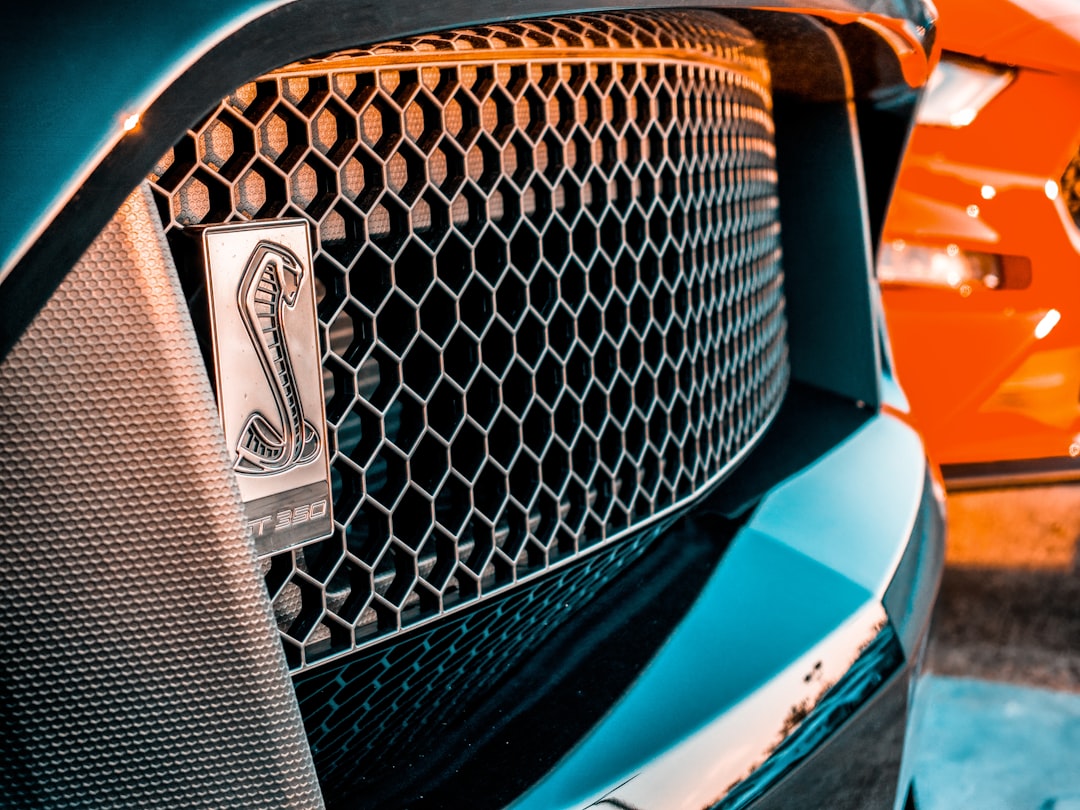When it comes to enhancing the performance of a vehicle, turbochargers play a crucial role. By increasing the amount of air that enters the engine, turbochargers help improve the power output and efficiency of the vehicle. There are various types of turbochargers available in the market, each with its own unique features and benefits. In this article, we will provide a detailed breakdown of different types of turbochargers.
1. Single Turbocharger: This is the most common type of turbocharger used in vehicles. It consists of a single compressor and turbine housed in a single unit. Single turbochargers are cost-effective and easy to install, making them a popular choice among car enthusiasts.
2. Twin Turbocharger: As the name suggests, twin turbochargers consist of two turbochargers working in tandem to boost the engine’s performance. This type of turbocharger is often used in high-performance vehicles to provide a superior power output. Twin turbochargers are more efficient than single turbochargers, but they are also more expensive and difficult to install.
3. Variable Geometry Turbocharger (VGT): VGT turbochargers have adjustable vanes that allow for better control of the airflow entering the engine. This type of turbocharger is designed to provide improved performance at low and high engine speeds. VGT turbochargers are commonly used in diesel engines to reduce turbo lag and improve fuel efficiency.
4. Electric Turbocharger: Electric turbochargers are a relatively new type of turbocharger that uses an electric motor to drive the compressor wheel. This eliminates the need for exhaust gases to drive the turbine, making electric turbochargers more responsive and efficient. Electric turbochargers are still in the experimental stage, but they show great potential for improving the performance of electric and hybrid vehicles.
5. Sequential Turbocharger: Sequential turbochargers feature two turbochargers of different sizes, with one designed for low- and mid-range power and the other for high-end power. The smaller turbocharger is activated at low engine speeds to reduce turbo lag, while the larger turbocharger kicks in at higher speeds to provide additional power. Sequential turbochargers offer a good balance between responsiveness and performance.
In conclusion, turbochargers come in various types, each with its own advantages and disadvantages. Whether you’re looking to enhance the performance of your vehicle or reduce fuel consumption, there’s a turbocharger out there that suits your needs. If you are looking to boost the performance of your Subaru STI, consider getting an sti e-tune to optimize the performance of your turbocharged engine.
